Factors that Affect the Change of Salinity Level in Shrimp Ponds
Although vannamei shrimp can live in a wide range of salinity levels, an overly high or low salinity can cause losses in cultivation as it disrupts shrimp growth. What are the factors that affect the change of salinity lvel in shrimp ponds? How to overcome these factors?

A. What is shrimp pond salinity?
Salinity is the level of mineral salts dissolved in water. In order for shrimp to grow, the pond must have ideal salinity levels. According to Suriawan and Soermadjati (2007), vannamei shrimp can grow well or optimally at the salinity of 15-25 ppt, they can even still grow at 5 ppt. Salinity levels that go over or under the threshold can cause stress or even death to shrimp.
Changes of salinity level in shrimp ponds need to be a concern even when shrimp are still at the fry or postlarval stage. Thus, farmers should routinely monitor their farm salinity to anticipate unwanted changes.
B. Factor that affects the salinity level of shrimp ponds
1. Water evaporation
The evaporation of water due to hot weather is one of the factors that can change the salinity of shrimp ponds. Although evaporation reduces the water volume in the ponds, it does not cause the salts to evaporate along with it, thus increasing salinity. The size of the pond area also affects the rate of evaporation. The larger the pond, the faster evaporation can occur.
2. Rainwater
Rain can cause vannamei shrimp pond salinity to decrease as it has low salt content and pH. Rainwater also has a lower density than pond water, causing it to stay on the pond surface.
C. How to increase pond water salinity?
1. Adding seawater
Low salinity in shrimp ponds can be tackled by adding water with high salinity levels or seawater. Conduct salinity checks until the value matches the desired salinity. Add the seawater gradually to avoid a drastic change in salinity, which may cause stress in shrimp. Also, ensure the water has been sterilized in the water tank to minimize pathogen entry to the farm.
2. Discarding surface water
This is especially crucial when it rains. Freshwater and rainwater have a lower density compared to saltwater, so they will be on the surface of the pond. Therefore, farmers can also maintain salinity by discarding the water on the surface of the pond, which is essential during rainy periods.
D. How to decrease pond water salinity?
Adding freshwater: Freshwater with zero salinity (0 ppt) can be added to the pond to reduce salinity to the desired level. If the increase in salinity is due to evaporation, add water according to the amount lost due to evaporation.
For example, if the water in the pond is reduced by 5 cm in a day, farmers can add freshwater equivalent to the volume of water that has evaporated.
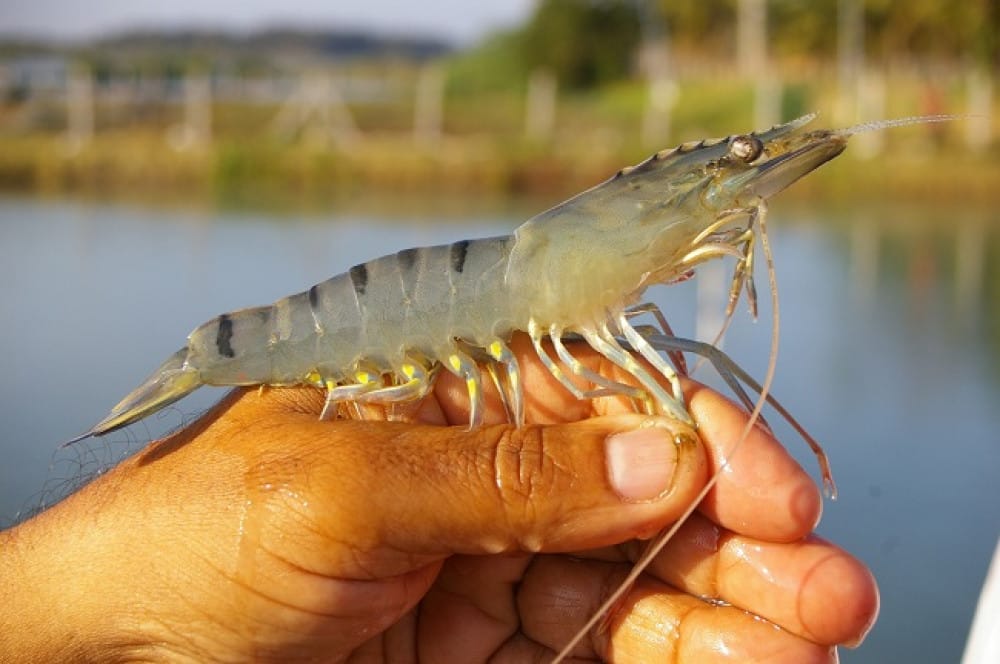
Conclusion
Salinity is one of the water quality parameters farmers should pay attention to as it affects shrimp growth in the farm. Salinity can change due to evaporation or rain. To increase salinity, farmers can add seawater or discard surface water. To reduce salinity, add freshwater.
Cre: jala.tech
Aqua Mina's distributor in Japan: REX INDUSTRIES CO., LTD
- Address: 1-9-3 Hishiya-Higashi, Higashi-Osaka 578-0948 JAPAN
- Email: kimakubo@rexind.co.jp
- Phone: +81-(0)72-961-9893
- Website: http://www.rexind.co.jp/e/
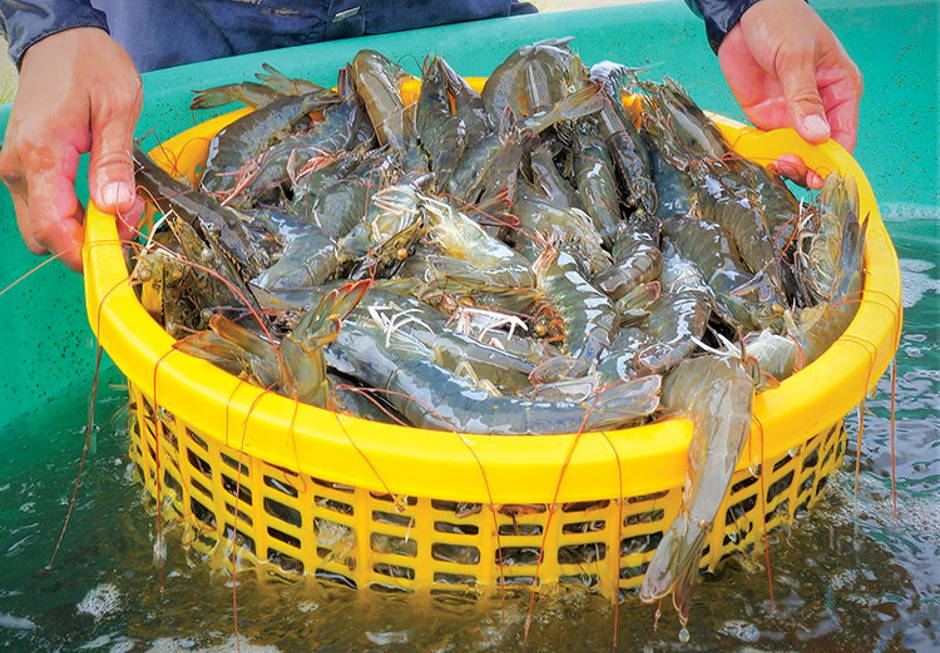
WE WORK FOR YOUR SUCCESS!
Ngày đăng : 31/03/2025
1818 View
Other Articles
Portuguese food group acquires 18% stake in cod farming company Norcod
Indonesia implements radioactive-free shrimp certification for exports to the United States
India is world’s second-largest shrimp producer. That is now under threat
Ca Mau’s shrimp industry moves towards “green” growth
Floods devastate aquaculture, processing operations in Vietnam
Ecuador Leads Global Shrimp Exports, Surpassing USD 7 Billion in 2025
India's marine product exports rise 16% as new markets offset US dip
Skretting presents the first shrimp feed with insect meal in Vietnam
Sharing: EU increases shrimp imports in the first 9 months of the year
Gideon De Oro opens high tech Cebu shrimp plant, to revive exports
White-leg shrimp facing WSSV: When density and environment fluctuate together








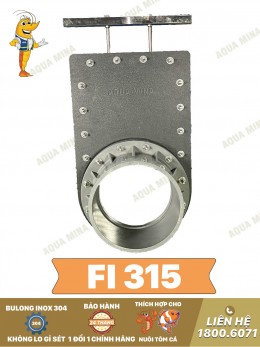
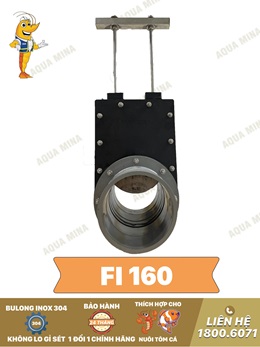
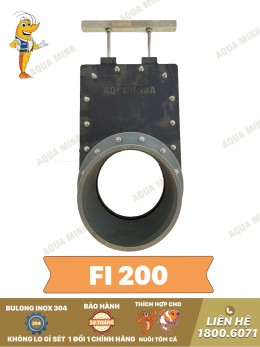
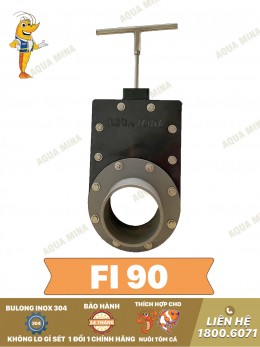
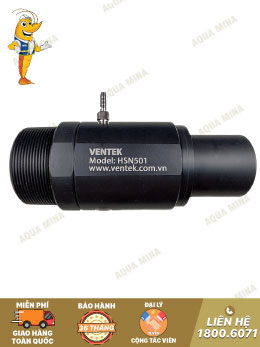
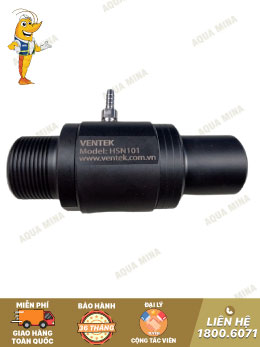

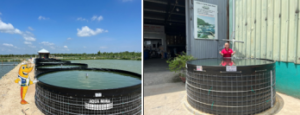
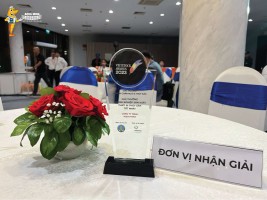
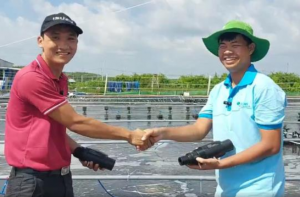
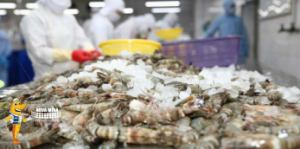
.jpg)